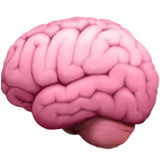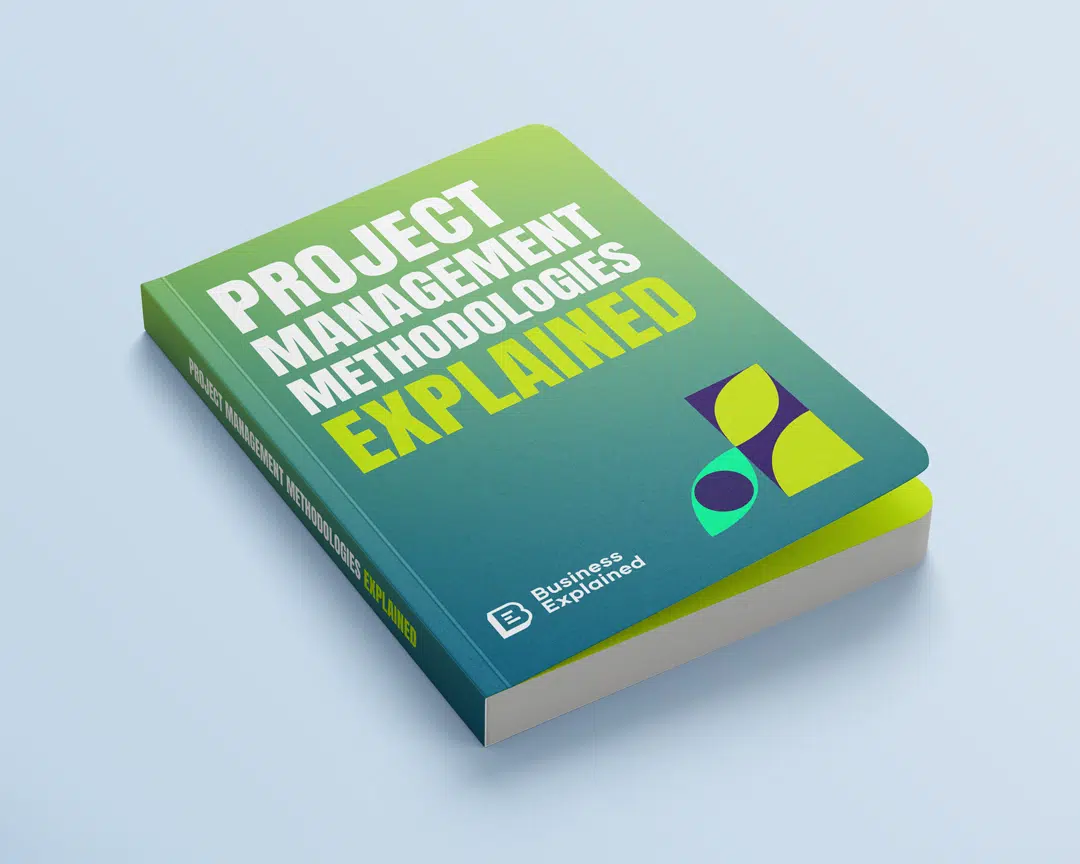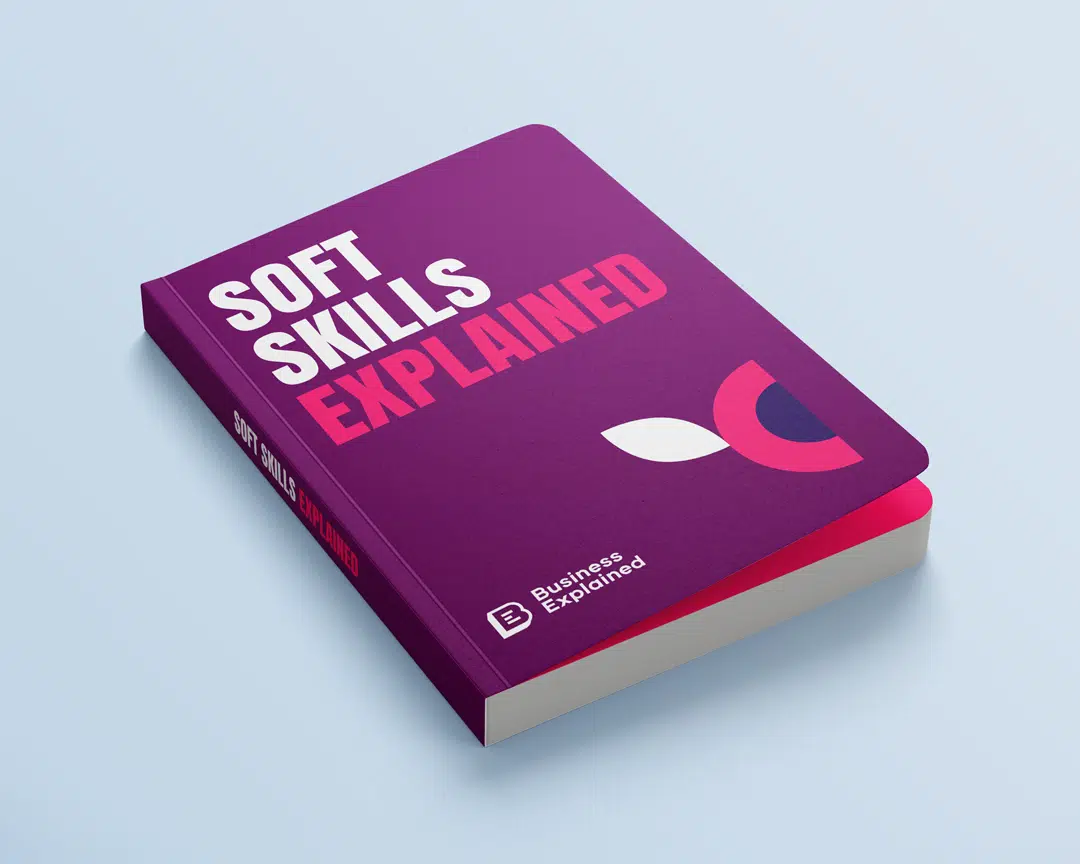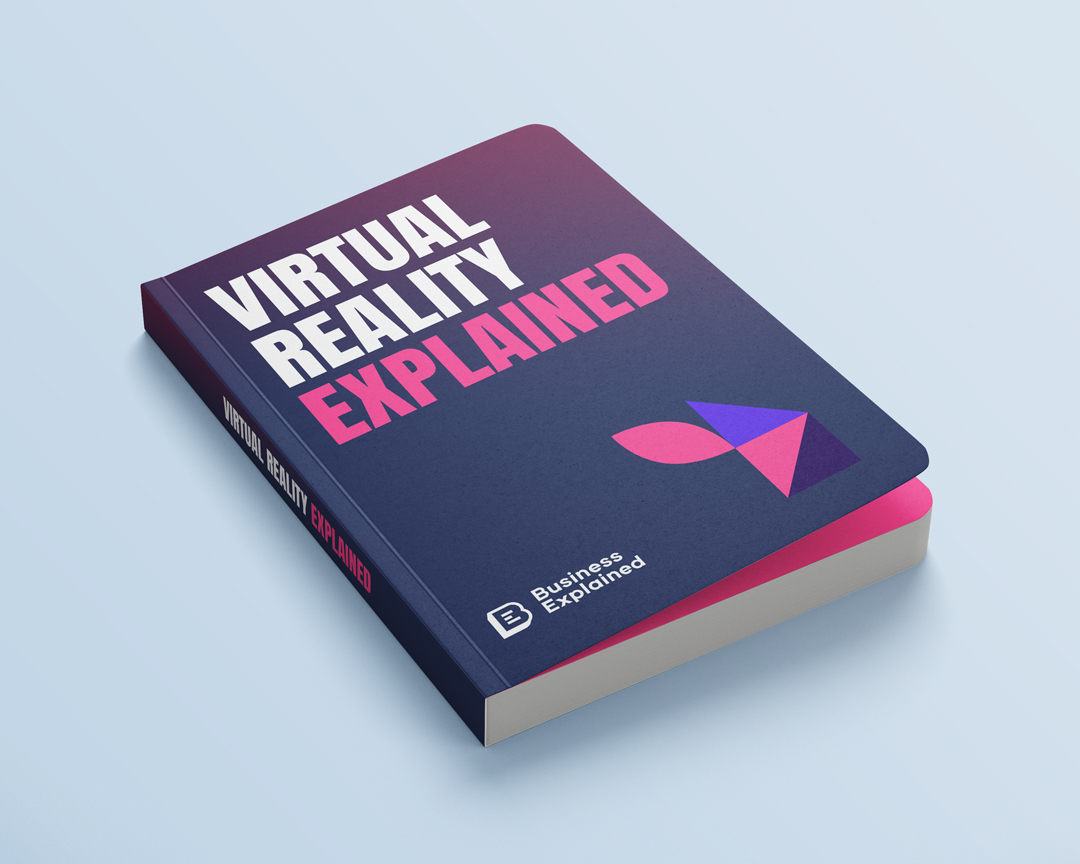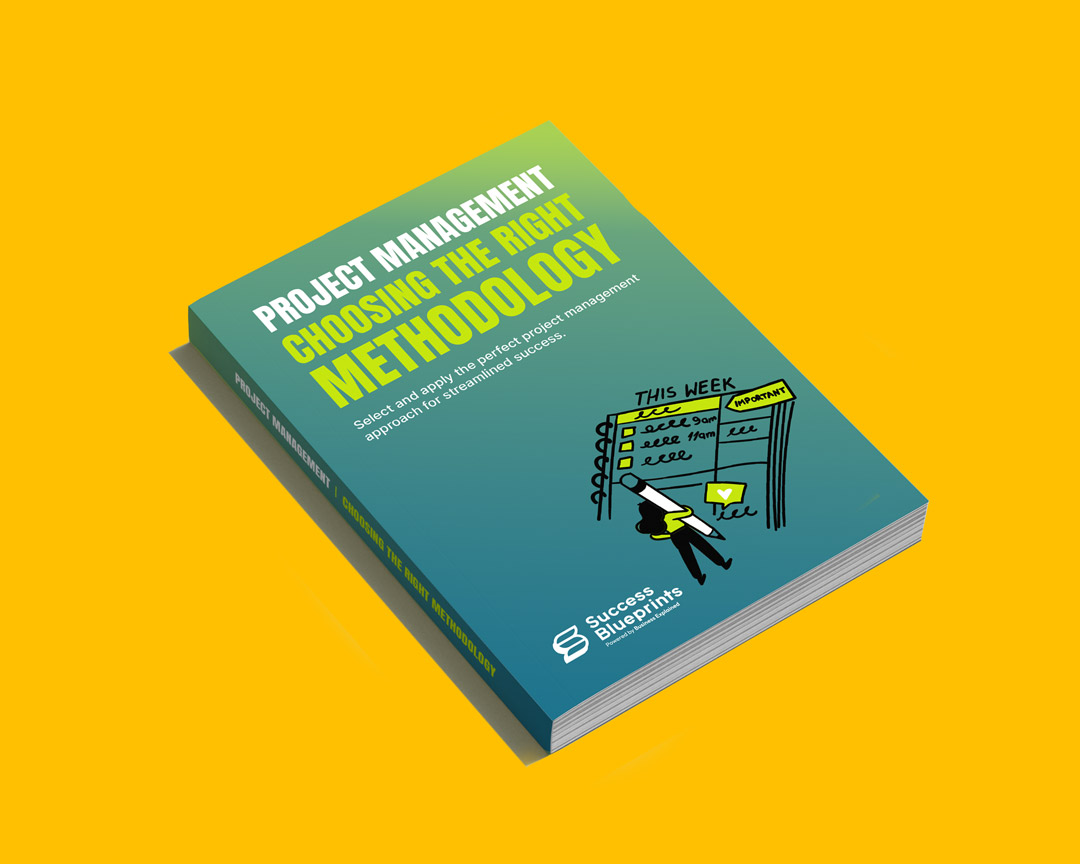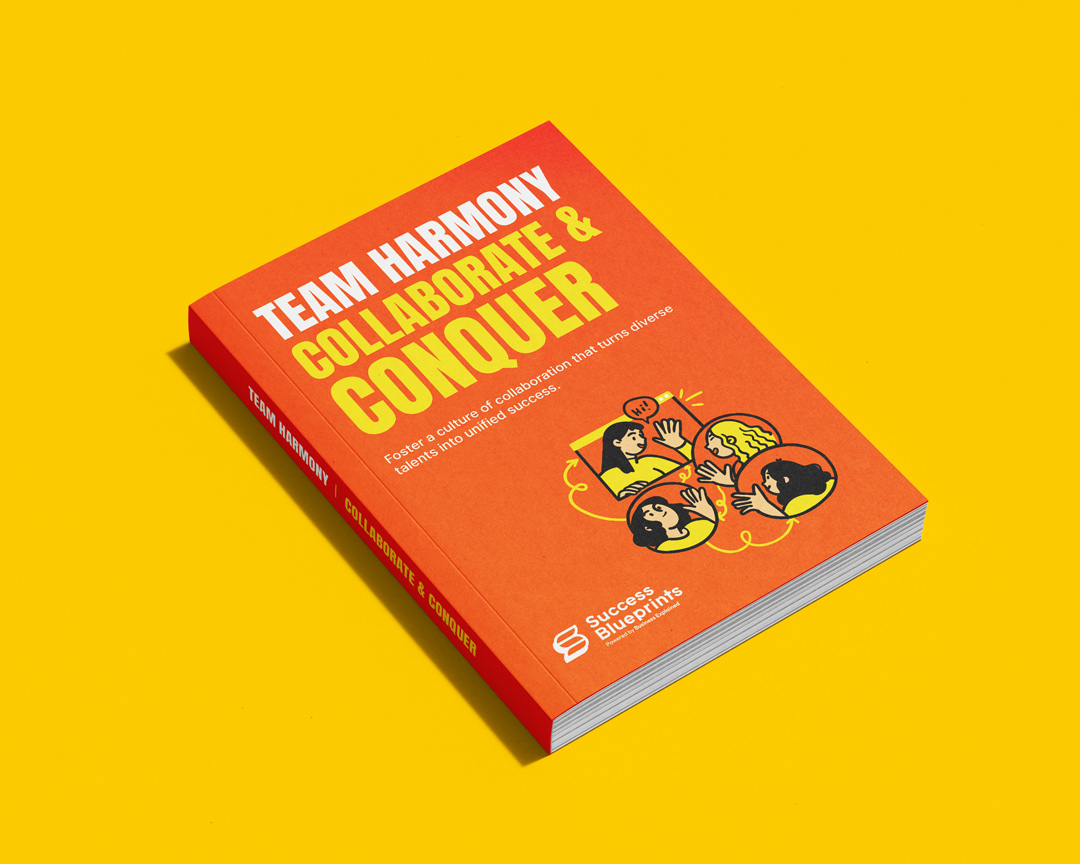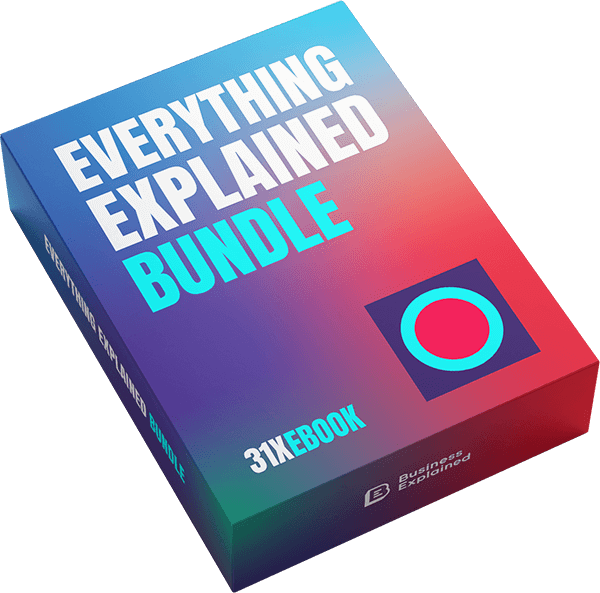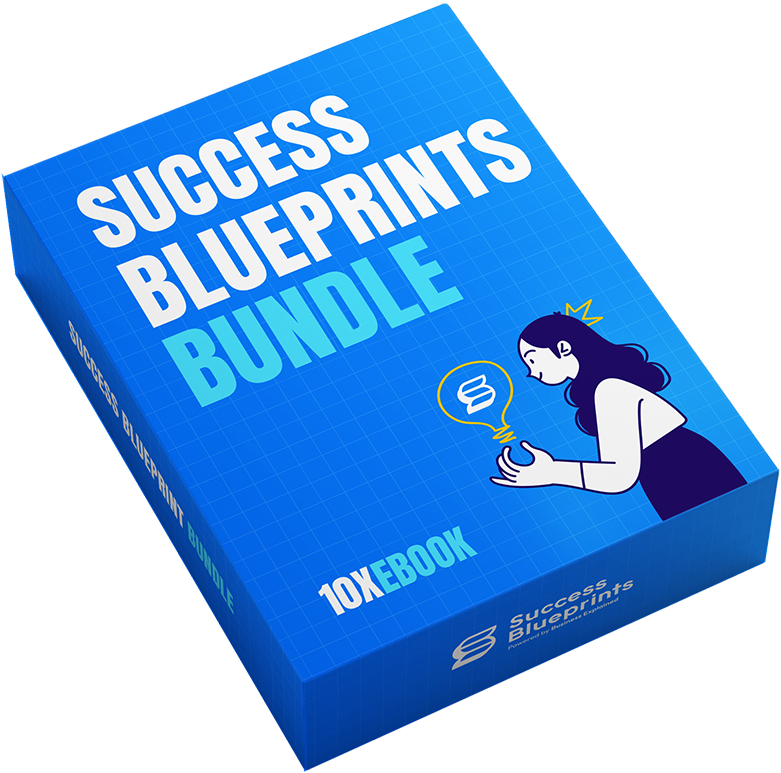About Organizational Management Explained
Whether you’re a seasoned manager, an aspiring leader, or a business student, Organizational Management Explained provides you with the tools and knowledge necessary to excel in the ever-evolving world of organizational management.
Organizational Management Explained is an essential resource for understanding the intricacies of managing modern organizations. This comprehensive guide offers insights into various organizational structures and management styles, crucial for today’s dynamic business landscape.
Spanning a wide range of topics, this e-book covers everything from organizational structures, such as hierarchical and matrix setups, to project management methodologies like Agile and Scrum.
It delves into the nuances of human resource management, exploring innovative recruitment strategies, effective onboarding processes, and impactful leadership techniques. Additionally, the book addresses crucial aspects of risk management and change management, preparing you to navigate the complexities of organizational transformations.
‘...frontrunner in delivering top-tier digital business resources...’
‘...has been making waves with its flagship product...’
‘...consistent emphasis on simplifying complex business topics...’
‘...shaping the future of digital business learning...’
‘...valuable resource in the ever-evolving world of business education...’
Table of contents 
- Organizational Foundations
- Centralized vs. Decentralized Organizational Structures
- Hierarchical Structure
- Flat Structure (or Horizontal Structure)
- Matrix Structure
- Network Structure
- Divisional Structure
- Team-based Structure
- Project-based Structure
- Centralized vs. Decentralized Organizational Structures
- Organizational Theory
- Classical Organizational Theory
- Neoclassical Organizational Theory
- Modern Organizational Theory
- What is organizational management?
- Why is organizational management important?
- What are the key features of organization management?
- Organizational management styles
- Autocratic Management
- Democratic Management
- Transformational Management
- Transactional Management
- Laissez-Faire Management
- Servant Leadership Management
- Paternalistic Management
- Bureaucratic Management
- Charismatic Management
- Collaborative Management
- Agile Management
- Cross-Functional Management
- Outcome-Based Management
- Participative Management
- Ethical Management
- Coaching Management
- HR Management
- Talent Acquisition and Recruitment
- Inbound Recruitment
- Engaging Storytelling in Job Descriptions
- Dynamic Employer Branding
- Interactive Recruitment Campaigns
- Employee Advocacy and Referral Programs
- Content Marketing for Recruitment
- Outbound Recruitment
- Headhunting for Specialized Roles
- Utilizing Recruitment Agencies
- Participating in Job Fairs and Networking Events
- Interview Tactics and Techniques
- Behavioral Interviewing
- Situational Interviewing
- Technical Interviewing
- Competency-Based Interviewing
- Interview Logistics and Preparation
- Situation, Task, Action, Result (STAR) Method
- Stress Interviewing
- Structured Interviewing
- Onboarding and Orientation
- Elevating the Onboarding Experience
- Structuring the Onboarding Journey
- Customizing the Onboarding Process
- Remote Onboarding Strategies
- Measuring Onboarding Effectiveness
- Strategic Planning
- Vision, Mission, and Values
- SMART Goals
- SWOT Analysis: Identifying Strengths, Weaknesses, Opportunities, and Threats
- PESTLE Analysis: Evaluating Macro-Environmental Factors
- Competitive Analysis: Understanding Market Dynamics
- Blue Ocean Strategy: Creating New Market Space
- Porter’s Generic Strategies: Competitive Advantage
- Growth Strategies: Market Penetration, Development, and Diversification
- Leadership and Decision Making
- Leadership Vs. Management: Identifying the Differences
- Identifying Key Leadership Traits
- Contingency Theories: Adapting Leadership to Situational Demands
- Emotional Intelligence in Leadership
- Decision-making models
- Rational Decision-Making Model: A Logical Approach
- Intuitive Decision Making: Trusting Your Gut
- The Vroom-Yetton-Jago Decision Model: Determining Decision-Making Styles
- Multi-Criteria Decision Analysis (MCDA): Weighing Complex Options
- Creative Problem Solving Techniques
- Six Thinking Hats
- Mind Mapping
- SCAMPER Technique
- Project Management
- Key Principles of Project Management
- Project Life Cycle
- Project Initiation: Laying the Groundwork
- Project Planning: Blueprint for Success
- Project Execution: Turning Plans into Actions
- Project Monitoring & Controlling: Steering Towards Goals
- Project Closure: Bringing It All Together
- Project Management Methodologies
- Agile Methodology
- Scrum
- Waterfall Methodology
- Kanban Methodology
- Extreme Programming (XP) Methodology
- Lean Methodology
- Waterfall Methodology
- Critical Path Method
- PRINCE2 Methodology
- Rapid Application Development (RAD) Methodology
- How to choose the right Project Management Methodology?
- 5 Project Management Tools You Should Consider
- Product Management
- Product Manager VS Product Owner
- Product Development Life Cycle
- Conceptualization: Ideation & Innovation
- Planning: Strategy & Roadmapping
- Development: Design & Engineering
- Testing: Quality Assurance & User Testing
- Launch: Go-To-Market Strategies
- Evaluation: Feedback & Iterations
- Outcome-Driven Innovation (ODI)
- Lean Product Development
- Agile Product Management
- Value Stream Management (VSM)
- Value Stream Mapping Symbols
- Process Symbols
- Material Symbols
- Information Symbols
- Why Should You Use Value Stream Mapping?
- Value Stream Mapping vs. Six Sigma
- Aligning VSM with Organizational Goals
- Incorporating Lean Principles into VSM
- Building a Value Stream Management Office (VSMO)
- Value Stream Mapping Symbols
- Operations and Quality Management
- What is Quality?
- Quality Assurance VS Quality Control
- Efficiency and Effectiveness in Operations
- Forecasting Techniques
- Theory of Constraints
- The Five Focusing Steps
- Drum-Buffer-Rope (DBR)
- Throughput, Inventory, and Operating Expense (T/I/OE)
- Buffer Management
- Goods and Services
- Managing Hybrid Operations
- Strategies in Operations Management
- Just-In-Time (JIT) Production
- Total Quality Management (TQM)
- Business Process Re-engineering
- Lean Management
- Six Sigma
- Supply-Chain Management
- Supply Chain Design and Planning
- Inventory Management and Optimization
- Logistics and Distribution
- Supply Chain Optimization
- Supplier Relationship Management
- Production Scheduling and Control
- Warehouse Management
- Transportation Management
- Supply Chain Management Strategies
- ABC Analysis
- Demand-Driven Material Requirements Planning (DDMRP)
- Vendor Managed Inventory (VMI)
- Collaborative Planning, Forecasting, and Replenishment (CPFR)
- Change Management
- Change Management as a Process
- Preparation Phase
- Planning Phase
- Implementation Phase
- Consolidation Phase
- 7 R’s of Change Management
- Change Management Strategies
- Lewin’s Change Management Model
- ADKAR Model
- Kotter’s 8-Step Process
- McKinsey 7-S Model
- Bridges’ Transition Model
- Kübler-Ross Change Curve
- Burke-Litwin Change Model
- Resistance Management
- Stakeholder Management
- Humanizing the Change Process
- Measuring Change Effectiveness
- Change Management as a Process
- Negotiations and Conflict Resolution
- Preparation and Planning for Negotiations
- Verbal and Non-Verbal Communication
- Active Listening and Asking Questions
- Different Negotiation Styles
- Distributive Negotiation (Win-Lose)
- Integrative Negotiation (Win-Win)
- Competitive Negotiation
- Collaborative Negotiation
- Avoidant Negotiation
- Compromise Negotiation
- 5 Types of Conflict and How to Address Them
- Intrapersonal Conflict
- Intragroup Conflict
- Organizational Conflict
- Healthy and unhealthy ways of managing and resolving conflict
- Conflict Resolution Strategies
- Collaboration as a Conflict Resolution Strategy
- Compromise: Finding the Middle Ground
- Avoidance: When to Step Back
- Accommodation: Putting Others First
- Competition: Standing Your Ground
- Crisis Management
- Recovery Crisis Management VS Risk Management
- Phases of Crisis Management
- Pre-Crisis
- Crisis Response
- Post-Crisis
- Creating a Crisis Management Strategy
- Identifying and Analyzing Potential Risks
- Developing a Proactive Response Plan
- Resource Allocation and Management
- Communication Plan During Crisis
- Evaluation and Feedback Loop
- The Three Rs Strategy: Readiness, Response, Recovery
- Innovation Management
- Importance of Innovation in Business
- Types of Innovation
- Product Innovation
- Process Innovation
- Marketing Innovation
- Organizational Innovation
- The Innovation Matrix
- Growth-Share Matrix
- Disruptive VS Sustaining Innovation
- Radical VS Incremental Innovation
- Architectural VS Modular Innovation
- Measuring Innovation Success
- Case Studies in Innovation Management
- Airbus
- Tesla
- Netflix
- The Future Organization
- How Organizations Affect Society
- Global Trends and Challenges of Organizations
- The Role of Creativity in Future Organizations
- The Future of Employee Benefits
- Companies Pioneering in Sustainability

74 Products + $50 Gift Card
Holiday Special Sale
Order our bestselling business bundle now and save a whopping $2,447 compared to buying each product separately. 


Safe Checkout Powered by 

This is a limited-time offer!

Testimonials 
99.6%
Exeptional feedback from our readers






















 Risk-free: Full refund within 14 days
Risk-free: Full refund within 14 days





















